Picture yourself standing in a lush, ancient forest where soft ferns blanket the earth, kōwhai trees glow with golden blossoms, and the air hums with the quiet wisdom of the land. Imagine knowing that every plant around you holds a story, a purpose, and a spiritual connection that has guided communities for centuries. This is the living heartbeat of Māori ecological gardening in Aotearoa (New Zealand), where native plants and sacred sites are woven together in a tapestry of culture, science, and reverence for the natural world. Step into this world, and discover how Māori traditions offer not just a way to grow food, but a philosophy that honors every leaf, root, and drop of rain.
The Life Force of Whenua: Māori Connection to the Land
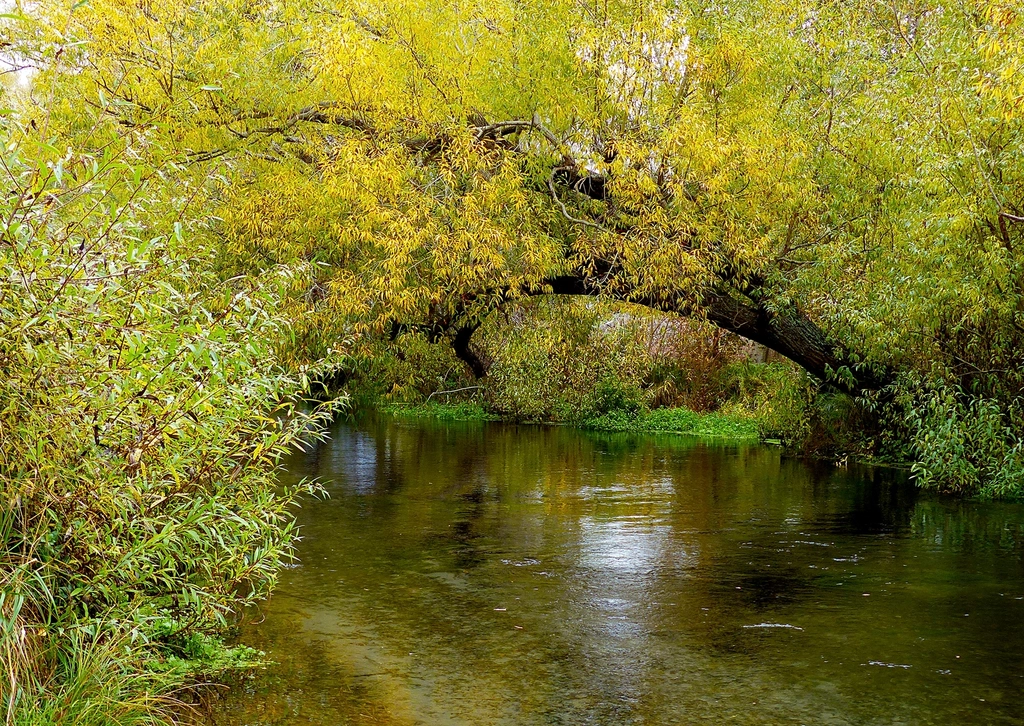
For the Māori, the land—whenua—is far more than soil and stone; it is a living ancestor. The belief in mauri, or life force, shapes every interaction with the environment. Māori see themselves as guardians, not owners, of the land. This worldview means that ecological gardening is about nurturing relationships, not just cultivating crops. Every action, from planting to harvest, is a conversation with the earth, guided by respect and gratitude. The land is cherished as the foundation for health, identity, and spiritual well-being. When Māori tend to their gardens, they are upholding traditions that link generations, ensuring that the land’s mana, or spiritual power, remains strong for those yet to come.
Wāhi Tapu: Sacred Sites and Their Ecological Role
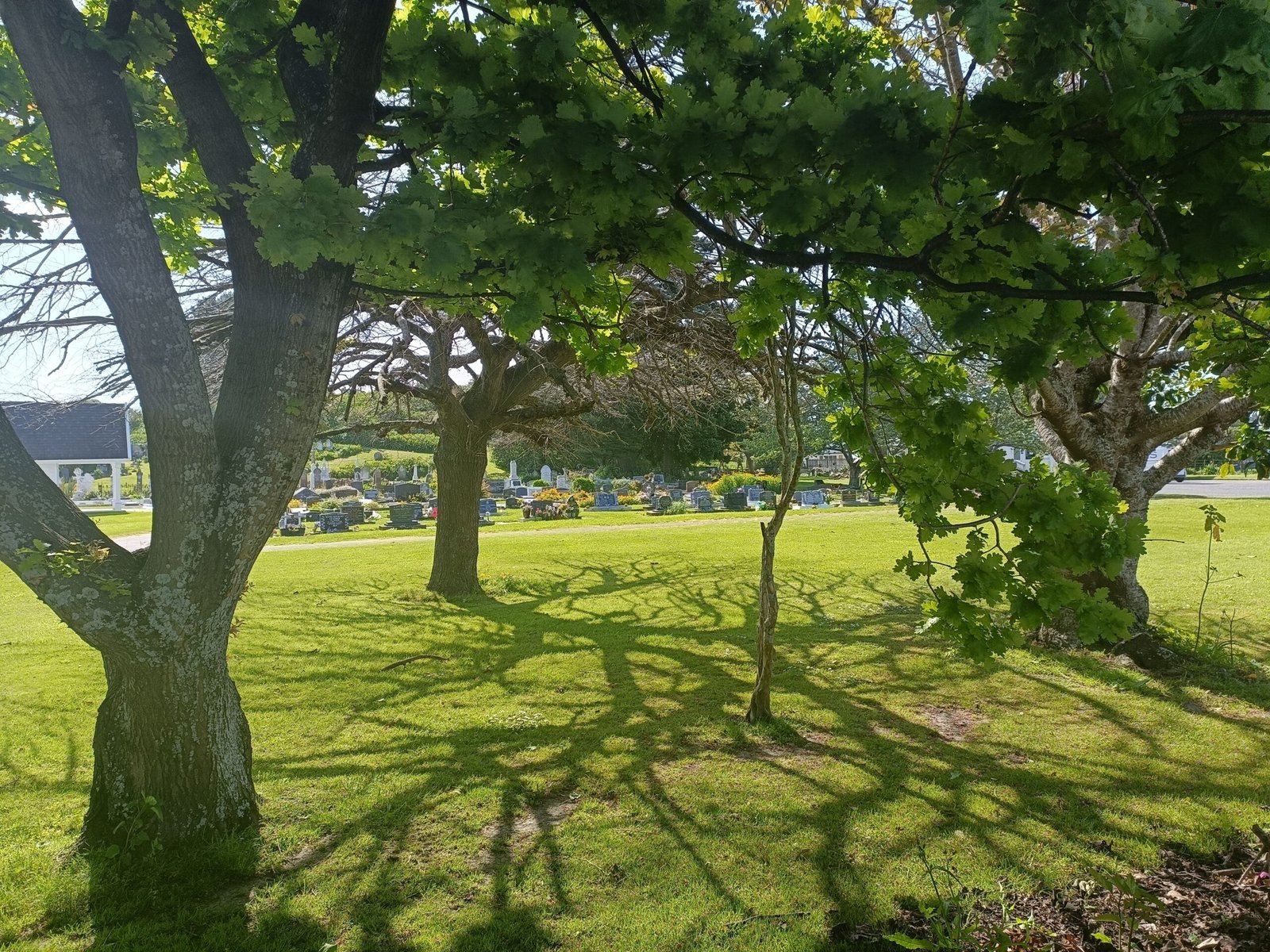
Sacred places, or wāhi tapu, are scattered across Aotearoa. These sites can be ancient burial grounds, springs, groves, or even single trees, each pulsing with historical and spiritual significance. Wāhi tapu are often protected from disturbance; this has led to the conservation of unique plant species and habitats that might otherwise be lost. These areas are living museums of biodiversity, where rare ferns, towering podocarps, and delicate orchids thrive undisturbed. Māori respect these places not only for their cultural value but also for their ecological importance, recognizing that preserving sacredness means preserving life itself. By shielding wāhi tapu, Māori have become stewards of some of New Zealand’s most precious ecological treasures.
Traditional Planting Wisdom: Maramataka and Seasonal Cycles
Guiding Māori gardening is the maramataka, the lunar calendar that dictates when to plant, harvest, and rest. This system is rooted in centuries of careful observation of the moon, tides, stars, and weather patterns. Each phase of the moon signals a different task—some days are perfect for sowing seeds, while others are best for weeding or gathering. This intimate understanding of natural rhythms optimizes plant health and yields, echoing modern scientific insights into phenology and ecological timing. The maramataka offers a blueprint for harmony with nature, where human activities are synchronized with the ever-changing pulse of the environment.
Treasures of the Forest: Native Plants in Māori Gardens
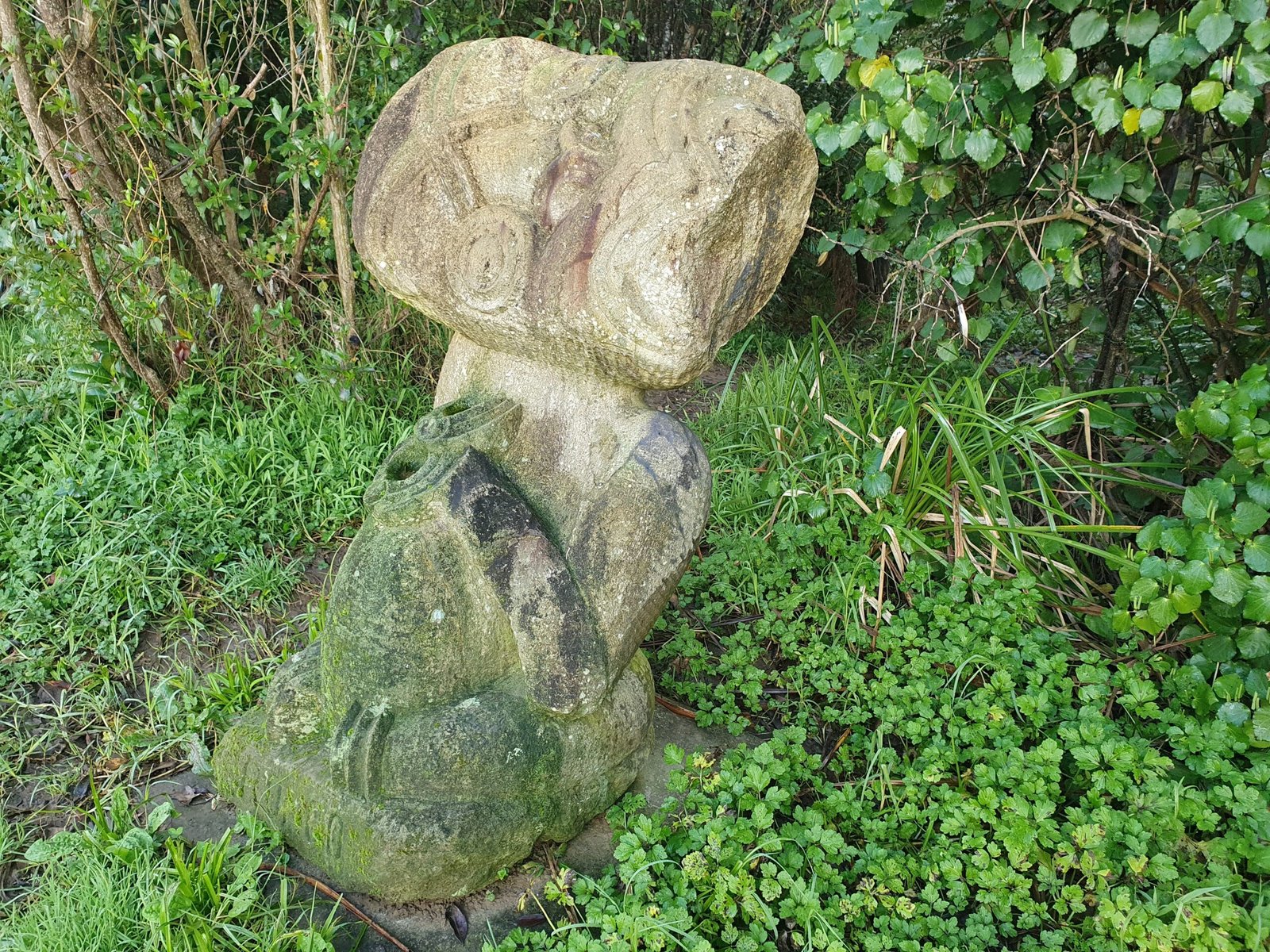
Māori gardens are alive with native flora, each species chosen for its unique properties and stories. Plants like harakeke (New Zealand flax) are woven into baskets and clothing, while kawakawa leaves are brewed for healing teas. The mighty tōtara tree provides timber for carvings and canoes, while the vibrant pūhā and kūmara offer sustenance. These plants are not just resources—they are taonga, or treasures, cared for with rituals and prayers. This deep appreciation for native species has led to the preservation of genetic diversity and the resilience of local ecosystems. Māori gardeners select and propagate plants with care, ensuring that their gardens reflect both cultural heritage and ecological integrity.
Rongoā Māori: The Healing Power of Native Plants
Rongoā Māori is the ancient practice of plant-based healing, blending science with spirituality. Healers, or tohunga, rely on native plants like mānuka, koromiko, and kawakawa to treat ailments ranging from wounds to digestive issues. Each remedy is prepared with respect, often accompanied by chants or karakia to acknowledge the mauri of the plant and patient. Recent scientific studies have validated many of these traditional uses, revealing antimicrobial compounds and antioxidants in plants long used by Māori. Rongoā is more than medicine; it’s a holistic approach that values balance, connection, and the wisdom passed down through generations.
Respecting Tapu: Rituals and Protocols in the Garden

Gardening for Māori is steeped in ritual and protocol, reflecting the tapu (sacredness) of certain plants, places, and practices. Before harvesting, gardeners may offer a karakia (prayer) to thank the earth and seek permission. Some plants can only be gathered at specific times or by designated individuals, ensuring that resources are not depleted and spiritual boundaries are respected. These customs serve both cultural and ecological purposes, preventing overharvesting and fostering mindfulness. The act of gardening becomes a ceremony, connecting people to their ancestors, the land, and each other in a cycle of care and reciprocity.
Māra Kai: Community and Whānau in Māori Gardening
Māra kai, or food gardens, are at the heart of Māori communities. These gardens are more than plots of vegetables—they are spaces for learning, sharing, and strengthening whānau (family) ties. Elders teach younger generations about traditional plants, planting methods, and the stories that give meaning to their work. Harvests are often shared among the community, ensuring that everyone is nourished, body and soul. Gardening together fosters a sense of belonging and responsibility, bringing people together in acts of kindness, cooperation, and celebration.
Kaitiakitanga: Guardianship and Sustainable Practices

Kaitiakitanga is the principle of guardianship, guiding Māori to care for the environment with wisdom and foresight. In the garden, this means using sustainable practices like crop rotation, companion planting, and organic pest control. Māori gardeners avoid chemicals and over-extraction, instead focusing on maintaining soil health and biodiversity. This philosophy aligns with modern ecological science, emphasizing conservation and long-term resilience. Kaitiakitanga reminds us that we inherit the earth from our ancestors and borrow it from our children, inspiring a deep sense of duty to leave the land thriving for future generations.
Challenges and Revivals: Māori Gardening in the Modern World
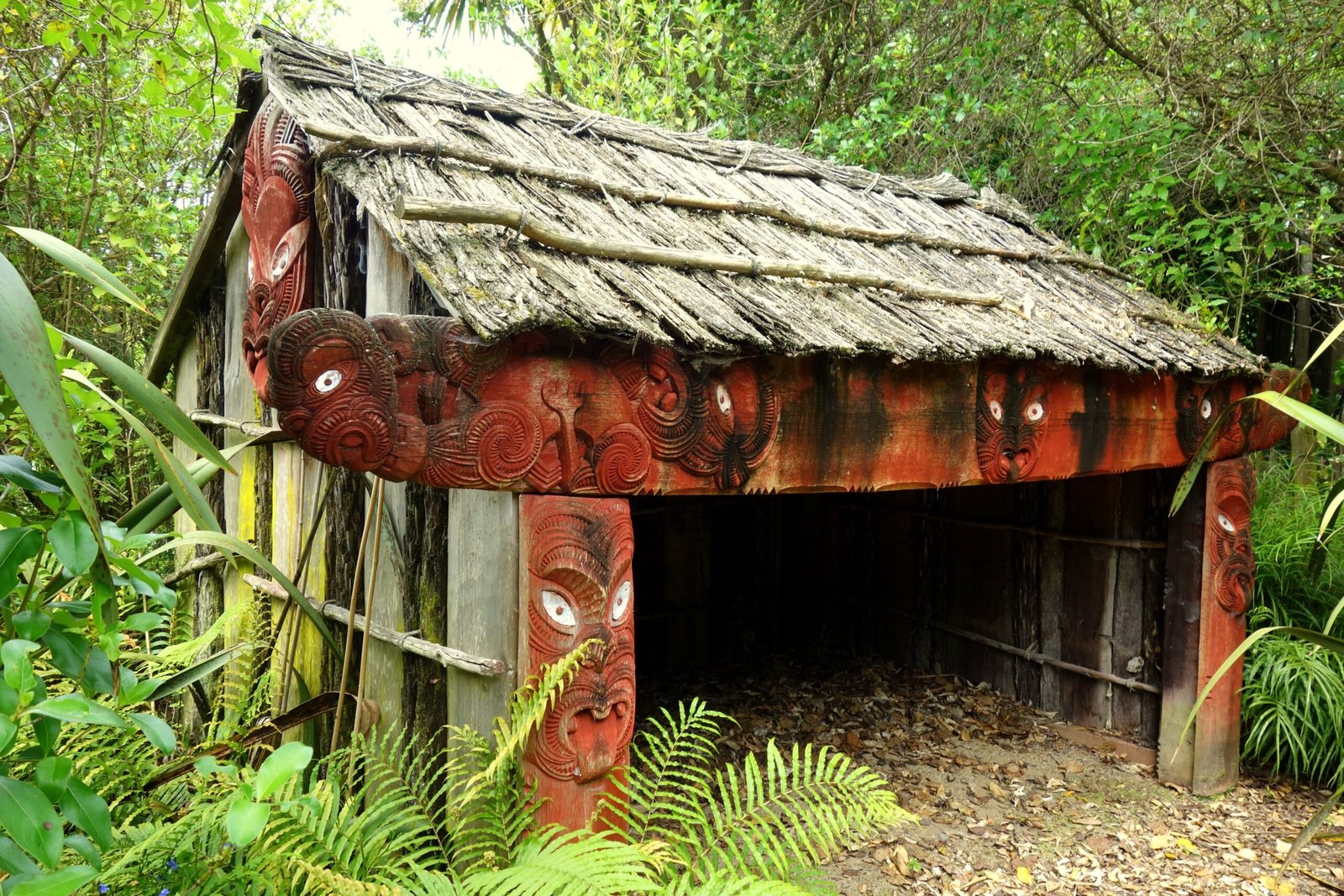
Despite the richness of tradition, Māori ecological gardening has faced significant challenges. Colonization, urbanization, and introduced species have disrupted ancient practices and threatened native plants. Yet, there is a powerful revival underway. Māori communities are reclaiming traditional knowledge, restoring gardens, and replanting lost species. Schools, marae (meeting grounds), and urban spaces are embracing māra kai as a way to reconnect with roots and heal the wounds of the past. Innovative projects blend ancestral wisdom with scientific research, showing that Māori gardening is not a relic, but a living, evolving practice.
The Science of Sacredness: Ecological Insights from Māori Wisdom
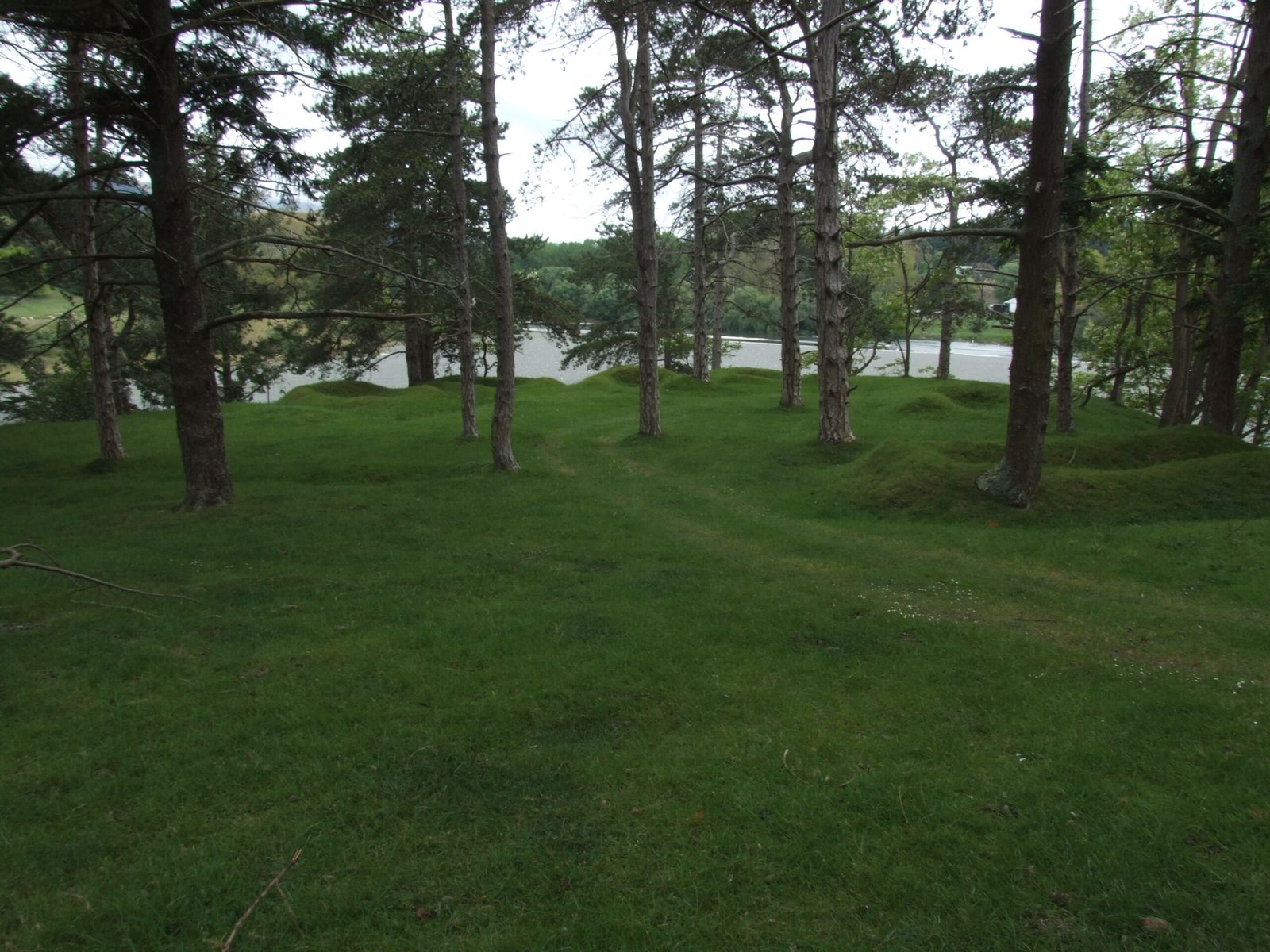
Modern ecologists are increasingly recognizing the scientific value of Māori ecological knowledge. Studies show that areas managed by Māori protocols often have greater biodiversity and healthier ecosystems. The careful observation of natural cycles, respect for sacred sites, and sustainable harvesting all align with the best practices in conservation biology. By listening to Māori voices and honoring traditional methods, scientists and land managers are discovering new strategies for protecting Aotearoa’s unique landscapes. This partnership between ancient wisdom and modern science offers hope for a future where culture and ecology grow together.
Restoring Balance: The Future of Māori Ecological Gardening
The story of Māori ecological gardening is one of resilience, adaptation, and profound respect for the natural world. As Aotearoa faces the challenges of climate change, biodiversity loss, and shifting cultural landscapes, the wisdom embedded in Māori gardening has never been more relevant. Community-led restoration projects are breathing new life into native forests, wetlands, and coastal ecosystems. Young Māori are learning the maramataka, planting their first kūmara, and finding pride in their heritage. The land is responding, slowly healing with every seed sown and every ritual performed. In this ongoing journey, Māori ecological gardening stands as a testament to the power of working with, rather than against, the rhythms of nature.




